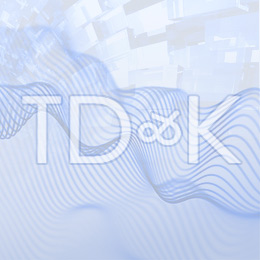In various scenarios, there’s a necessity to manipulate an outcome variable, such as enhancing individuals’ salaries or satisfaction scores, or reducing disease mortality rates. However, comprehending the underlying factors influencing the outcome variable can be arduous, particularly for large datasets with numerous attributes. Thus, automated recommendations become crucial, enabling analysts to glean insights efficiently. When furnishing recommendations to impact an outcome variable, it’s vital to ensure they are concise yet inclusive, equitable across different protected subpopulations, and most importantly, reflective of reality to empower analysts in making informed, data-driven decisions—meaning recommendations should not solely rely on correlations but also consider causality.
The aim of this research is to devise an algorithm for generating the optimal set of recommendations to influence a target outcome variable. Achieving this entails delving into the literature on causal inference and evaluating various recommendation algorithms suited for the task or, alternatively, developing a novel one.




